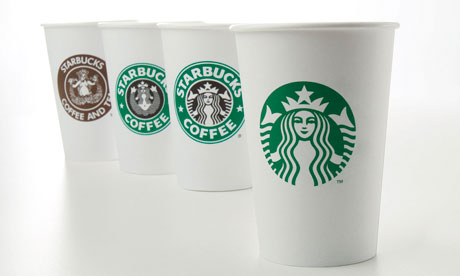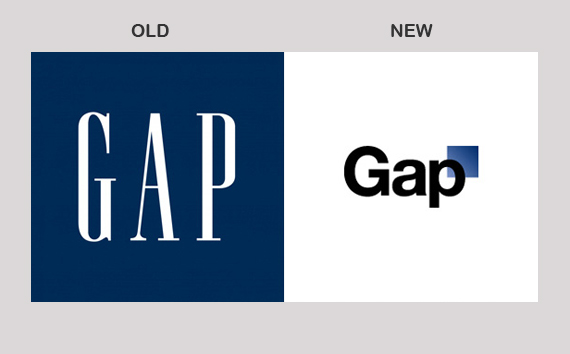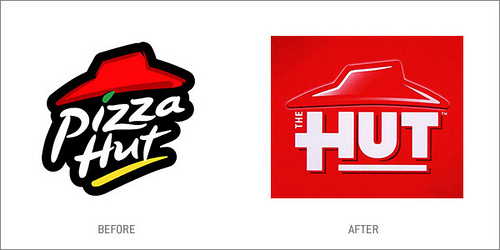Published on 3 August 2012 (Updated 29 February 2024)
What is rebranding?
Rebranding, or “image change” in French, simply refers to the process of redesigning the image of a brand, a company, or a product, intending to make it more attractive. This process can range from a simple logo redesign to a name change. This method is widely used by multinationals, in order to restore a dubious image, cope with a sharp drop in sales or simply to look “younger”. However, rebranding is often perceived as a “cover-up” and may not be well received by consumers/customers. In the case of multinationals, Gap and Pizza Hut have both paid the price (see end of article).
On their own scale, SMEs face very different problems. Often endowed with an image that’s over a decade old, or “cobbled together” at the time of their creation through lack of tools, companies can find their growth hampered by this outdated reflection. Rebranding then becomes an essential step when you want to grow and win new contracts or respond to invitations to tender.
“Why change my logo? I work just fine the way I am!”
Many customers, entrepreneurs, and small business owners have asked us about the benefits of changing or modifying their logo, often convinced that image is of little importance in the eyes of existing customers. Indeed, it’s true that a good reputation can be built on the quality of products/services and a relationship of trust. But in the long run, is it enough to conquer new markets? The answer is clear: no, it’s not enough. When the wind changes for the better, it’s essential to position yourself in relation to the competition and to project a strong, reliable image. This is particularly true when participating in invitations to tender, where the candidates are companies with a well-established image.
“Won’t changing my image destabilize my customers?”
Constantly changing a company’s identity can obviously transmit a negative image and destabilize a whole horde of seasoned consumers/customers. But rest assured, Coca-Cola didn’t build its reputation overnight! Change, yes, but this change must be a sign of evolution and synonymous with progress. A good logo must be designed to last over time, and its redesign must take place at a key moment in your company’s history. It’s also worth noting that a multinational cannot afford a “big bang” overhaul of its image, partly for financial reasons, and partly because it will have to gradually get its customers and employees used to it. Conversely, an SME has more room for manoeuvre and can afford a more radical change. The rebranding strategy must be accompanied by a real justification for the change, taken into account in the action plan.
The main stages of rebranding
Rethinking the image of a company is just as delicate and important as creating it in the first place. It’s not simply a matter of retouching a logo, modifying a shape or changing a color. A logo must convey values and respond to a defined positioning within a market and its competitors. The process must answer specific questions: Where am I? Where am I going? How do I get there? Etc.
- Audit and analysis of the company’s current situation.
- Analysis of the company’s needs and audit of the competition.
- Creation of new visual identity.
- Adaptation to different communication media.
- Implementation of a medium to long-term action plan.
The rebrandings that got people talking
1- Starbucks
In early 2011 (40 years after its creation), Starbucks presented its new logo. Inspired by companies like Nike, the coffee giant chose to do away with its name and retain only the mermaid that made it famous. While some applaud the move, others have serious doubts.

2- GAP
At the end of 2010, GAP unveiled its new logo, a move that left no one indifferent. The low-cost clothing brand’s new identity is not liked, it’s even hated. So much so that the company decided to reverse course, influenced in part by reactions on social networks.

3- Pizza Hut
June 2009, Pizza Hut kept its colors and its hat, but said goodbye to the word “pizza”. This was a risky strategy, unless the former pizza leader decided to expand its offering to include sandwiches, for example, as its competitor Domino’s Pizza had done. Once again, consumers were strongly opposed to this change, and the brand finally backed down!

In conclusion
To conclude, a multinational is easily trapped by its past and held hostage by demanding consumers/customers. Rebranding is therefore a meticulous and dangerous operation. A successful rebranding of an SME, on the other hand, allows the company to update itself and show its evolution to its customers. When the need for an assessment arises, it’s important to consult an agency specializing in consulting and graphic design, because although SMEs can benefit from a high degree of flexibility, rebranding is still quite an art!





